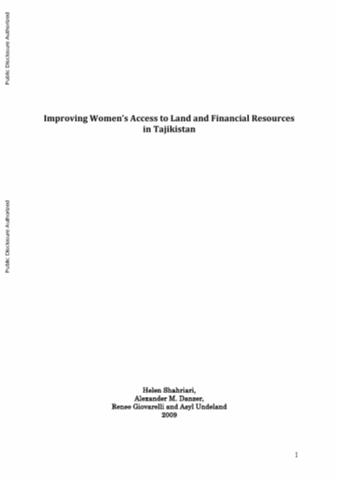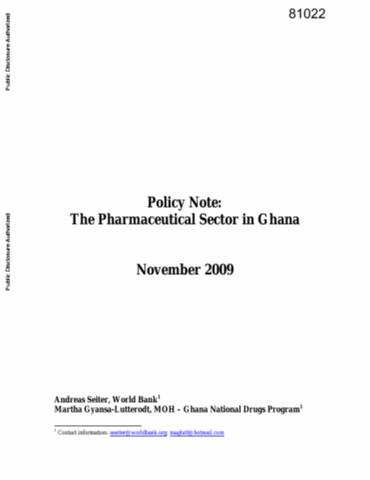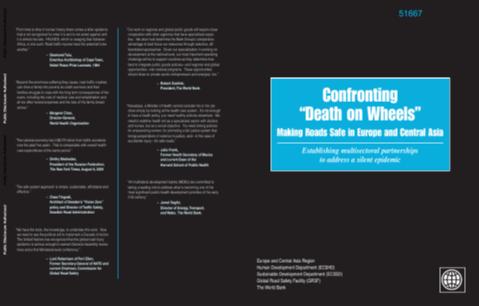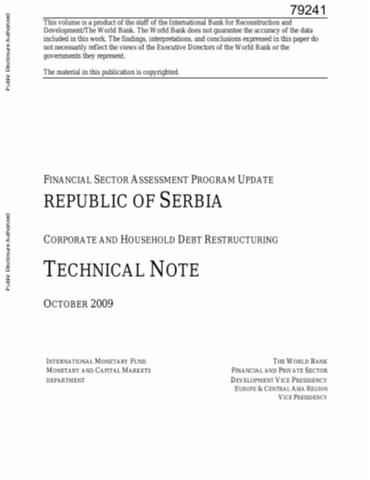The World Bank is a vital source of financial and technical assistance to developing countries around the world. We are not a bank in the ordinary sense but a unique partnership to reduce poverty and support development. The World Bank Group has two ambitious goals: End extreme poverty within a generation and boost shared prosperity.
- To end extreme poverty, the Bank's goal is to decrease the percentage of people living on less than $1.25 a day to no more than 3% by 2030.
- To promote shared prosperity, the goal is to promote income growth of the bottom 40% of the population in each country.
The World Bank Group comprises five institutions managed by their member countries.
The World Bank Group and Land: Working to protect the rights of existing land users and to help secure benefits for smallholder farmers
The World Bank (IBRD and IDA) interacts primarily with governments to increase agricultural productivity, strengthen land tenure policies and improve land governance. More than 90% of the World Bank’s agriculture portfolio focuses on the productivity and access to markets by small holder farmers. Ten percent of our projects focus on the governance of land tenure.
Similarly, investments by the International Finance Corporation (IFC), the World Bank Group’s private sector arm, including those in larger scale enterprises, overwhelmingly support smallholder farmers through improved access to finance, inputs and markets, and as direct suppliers. IFC invests in environmentally and socially sustainable private enterprises in all parts of the value chain (inputs such as irrigation and fertilizers, primary production, processing, transport and storage, traders, and risk management facilities including weather/crop insurance, warehouse financing, etc
For more information, visit the World Bank Group and land and food security (https://www.worldbank.org/en/topic/agriculture/brief/land-and-food-security1
Resources
Displaying 4701 - 4705 of 4907Improving Women’s Access to Land and Financial Resources in Tajikistan
Since independence in 1991, the Government of Tajikistan has embarked on a land reform program, which includes extensive farm restructuring. Given the demography of rural households in Tajikistan where the phenomenon of female-headed households is quite significant, women ‘s access to land and credit assumes special importance. To date, however, no thorough gender analysis of access to land and finance in Tajikistan has been conducted. As a result, there is insufficient gender disaggregated data to inform policy.
Sino-Singapore Tianjin Eco-City
China is experiencing rapid and large scale urbanization, and the resulting local and global urban environmental challenges are unprecedented. The Chinese Government has fully recognized these challenges and is aiming to promote more sustainable urbanization in line with the objectives of the eleventh five year plan, which calls for 'building a resource-conserving and environmentally friendly society'. Various initiatives are being pursued to support this objective, both at the national and local levels.
The Pharmaceutical Sector in Ghana
Main pharmaceutical policy goals in Ghana are access to essential medicines for everybody, quality assurance for all drugs on the market, a functioning and efficient supply chain as well as rational use of medicines by professionals and patients. There is also a commitment to strengthen the domestic pharmaceutical industry, outlined under health industry in the national health policy.
Confronting "Death on Wheels"
This report provides an overview of the challenges and opportunities in addressing road safety in the Europe and Central Asia (ECA) region.
Republic of Serbia Financial Sector Assessment Program Update
Nonperforming Loans (NPLs) in the banking system constituted 16.5 percent of total loans, owing primarily to the corporate sector. The Credit Bureau, maintained by the Association of Serbian Banks, also discloses dramatic increases in corporate and retail defaults over the past year. NPL resolution and loan loss mitigation is hampered by a still evolving but uneven collateral and enforcement framework that complicates restructuring and leads to delays and lower recoveries in execution procedures.










